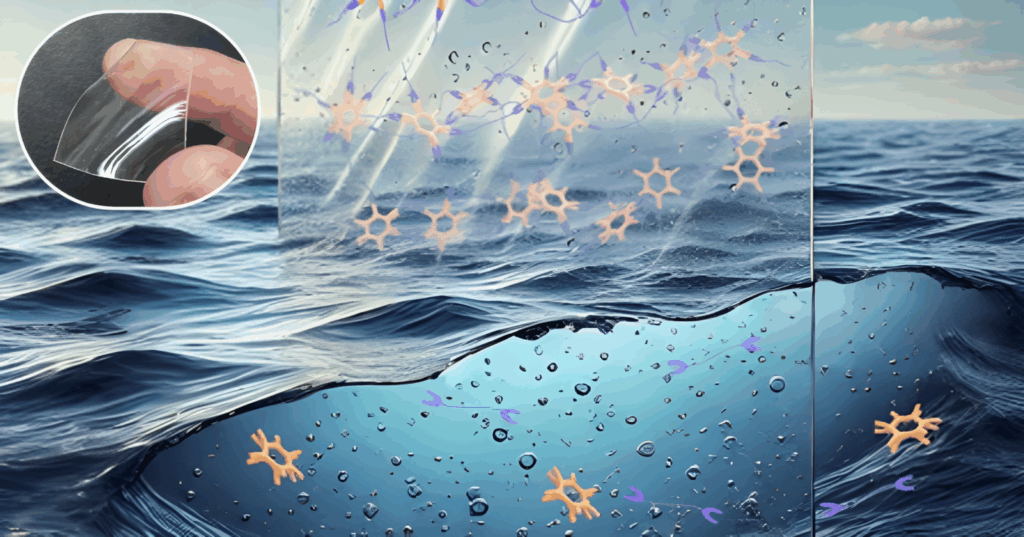In a major scientific breakthrough with global environmental implications, Japanese researchers have developed a new type of plastic that completely dissolves in seawater, offering a promising solution to the planet’s escalating marine pollution crisis. This innovative material could revolutionize the way industries handle plastic production and disposal, particularly in the packaging and maritime sectors.
A research team from the University of Tokyo, led by Professor Hiroshi Uyama, has announced the creation of a biodegradable plastic composed primarily of plant-based materials. Unlike conventional plastics that persist for hundreds of years in the ocean, this newly engineered material begins breaking down within 30 days upon exposure to seawater, leaving no toxic residue behind.
The material is derived from polylactic acid (PLA), a bioplastic commonly made from corn starch or sugarcane. However, PLA typically requires industrial composting facilities to degrade. To overcome this limitation, the Japanese scientists modified its chemical structure to make it responsive to enzymes found in marine environments. According to the research paper published in the journal Nature Sustainability, the plastic decomposes entirely into carbon dioxide and water through microbial action.
Environmental Impact and Global Significance:
Marine plastic pollution is one of the most pressing environmental challenges of our time, with over 11 million metric tons of plastic entering the oceans annually, according to the United Nations Environment Programme (UNEP). This invention could dramatically reduce the long-term impact of plastic waste on marine ecosystems, where sea creatures often mistake plastic for food, leading to injury or death.
The newly developed plastic is also expected to play a critical role in curbing microplastic pollution, a growing concern among scientists and environmentalists. As traditional plastics degrade, they fragment into microplastics that infiltrate the food chain, posing health risks to marine life and humans alike.
Industrial Applications and Next Steps:
Professor Uyama and his team are collaborating with major Japanese manufacturers to begin pilot testing the material in single-use items such as shopping bags, food containers, fishing nets, and water bottles. If successful, large-scale production could begin as early as 2026.
The Japanese government has welcomed the discovery, citing it as a step toward achieving its 2050 goal of reducing plastic waste by 25%. International environmental organizations have also praised the innovation, with the World Wildlife Fund (WWF) stating that this plastic “has the potential to reshape the future of sustainable materials.”
However, scientists also caution that biodegradable plastics should not be seen as a license to litter. Proper waste management systems and global policy reforms remain essential in the fight against plastic pollution.
Conclusion:
The development of seawater-dissolvable plastic by Japanese scientists marks a significant advancement in sustainable materials science. With its ability to break down safely in marine environments, this innovation could be a pivotal tool in mitigating the global plastic pollution crisis. As the world seeks eco-friendly alternatives to harmful materials, Japan’s breakthrough stands as a beacon of hope for a cleaner, healthier planet.



